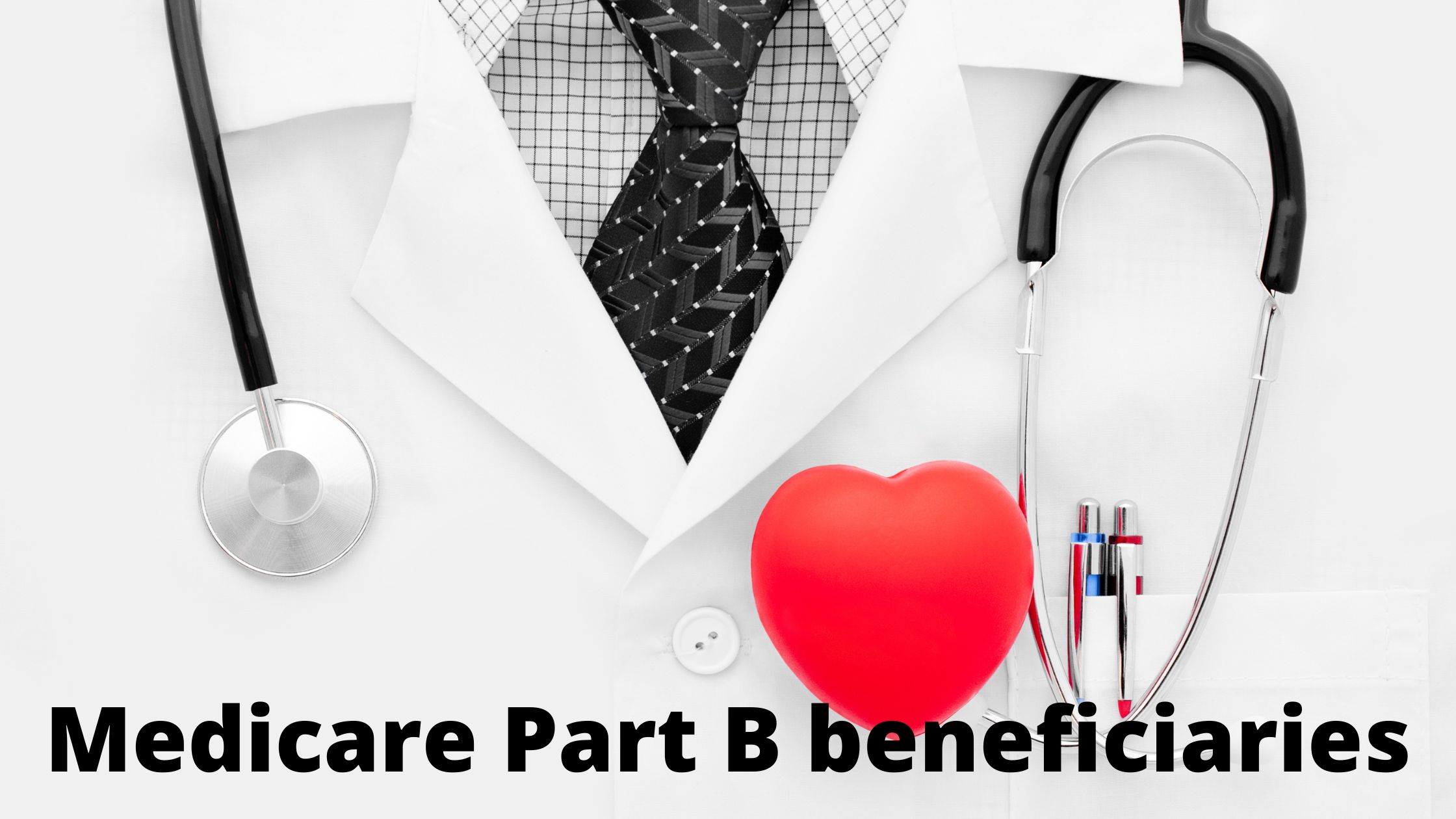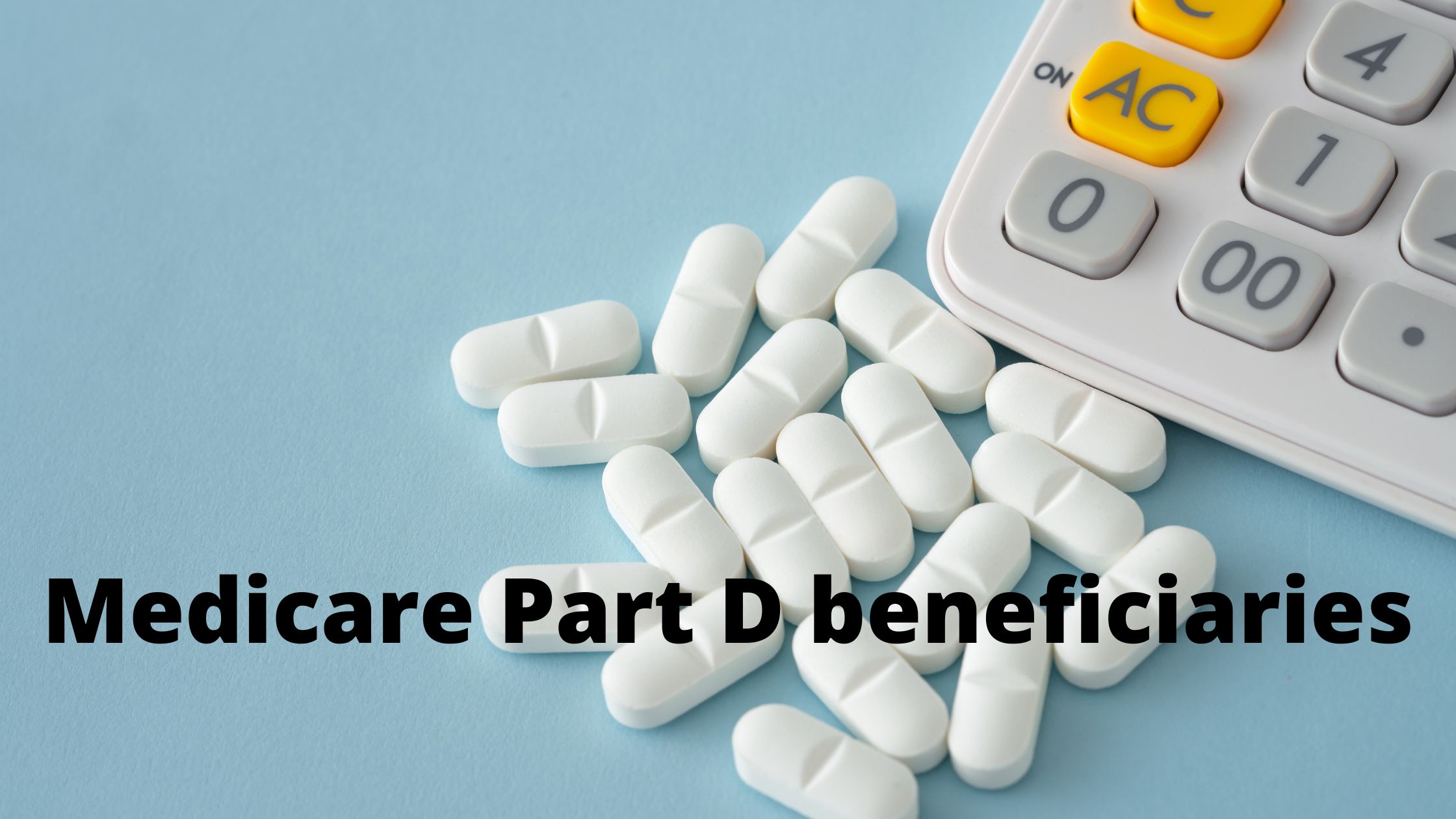Medicare Part C provides health insurance to people over 65 years of age, as well as people with disabilities. This article will explain the benefits and coverage available to people in each of the different categories of Medicare Part C.
Medicare Part A beneficiaries
Medicare Part A beneficiaries are generally senior citizens who have paid into the program through payroll deductions over many years. Coverage begins at age 65, and people can remain covered until they reach the age of 95 or die, whichever comes first. Medicare Part A benefits include hospital coverage, doctor visits, and prescriptions.
Medicare Part B beneficiaries are people who have worked for a certain number of years and paid into the program through payroll deductions. Coverage begins at age 65, and people can remain covered until they reach the age of 70 or die, whichever comes first. Medicare Part B benefits include hospital coverage, doctor visits, and prescription drug coverage.
Medicare Part C beneficiaries are people who have not worked for a certain number of years and do not pay into the program through payroll deductions. Coverage begins at the time of enrollment and is continuous until death or disability stops benefits. Medicare Part C benefits include a set amount for hospital coverage, doctor visits, and prescription drugs.
Medicare Part B beneficiaries
Medicare Part C beneficiaries can access a number of benefits, including screenings and preventive care, that are not available to people who receive Medicare Part A. In addition, the Part C program offers more comprehensive coverage than the Part A program. Medicare Part C beneficiaries can receive comprehensive coverage for hospitalization, doctor visits, and prescriptions.
Some of the benefits that are available to Medicare Part C beneficiaries include:
Hospital stays: Medicare Part C beneficiaries can receive a full hospital stay regardless of their age or financial status.
Doctor visits: Medicare Part C beneficiaries can receive up to 12 doctor visits per year without having to pay any out-of-pocket costs.
Prescription drugs: Medicare Part C beneficiaries can receive a monthly prescription drug benefit that covers all of their prescription drug costs.
If you are a Medicare beneficiary and would like to learn more about the different benefits that are available through the Medicare Part C program, please visit our website or call us at 1-800-MEDICARE (1-800-633-4227).
Medicare Part D beneficiaries
Medicare Part D beneficiaries are generally those who are enrolled in a Medicare Advantage plan or a Medicare Prescription Drug Plan (PDP). However, there are some special benefits that may be available to certain types of Medicare Part D beneficiaries.
Some of the most important benefits that Part D beneficiaries receive include:
Deductible: The deductible is the amount that you must pay before your coverage begins. This amount is determined by your plan and ranges from $250 to $3,000 for individual plans and from $1,200 to $5,400 for family plans.
Coverage: Your Part D coverage will usually start on the first day of the month after you have met your deductible.
Drugs: You can get coverage for prescription drugs covered under Part D either through a stand-alone drug plan or as part of a plan that provides other health insurance benefits.
Prescription Drug Coverage: If you have prescription drug coverage through an employer, Medicare, or another source, you may be able to continue that coverage after you join a Part D plan.
Inpatient Care: If you need hospital care during the course of your treatment for a condition covered
Medicare Prescription Drug Benefit (PDB) beneficiaries
Medicare Part C benefits for the different categories of people are outlined below.
People who are 65 years of age or older:
– People who are 65 years of age or older, and have been receiving Social Security benefits for at least 10 years, receive a monthly benefit of $1,184.
– People who are 65 years of age or older and have been receiving Railroad Retirement benefits for at least 10 years, receive a monthly benefit of $1,456.
– People who are 65 years of age or older, and have been receiving Veterans Affairs benefits for at least one year, receive a monthly benefit of $1,696.
– People who are 65 years of age or older, and have been receiving Medicare benefits for less than 12 months, receive a monthly benefit equal to the sum of their Part A and Part B premiums.
People under 65 years old:
– Children under the age of 18 who are unmarried and not covered by their parents’ health insurance get a monthly benefit of $192.
– Children between the ages of 18 and 24 who are not students full time get a monthly benefit equal to 30% of their family income (up to a
Conclusion
The Medicare Part C benefits are certainly a boon for people with certain medical conditions. However, if you are not in one of the qualifying categories, there may still be some benefits available to you. In this article, we will take a look at the three main benefit categories and discuss what each one entails. We will also provide tips on how to find out whether you are eligible and what steps need to be taken in order to claim them.

